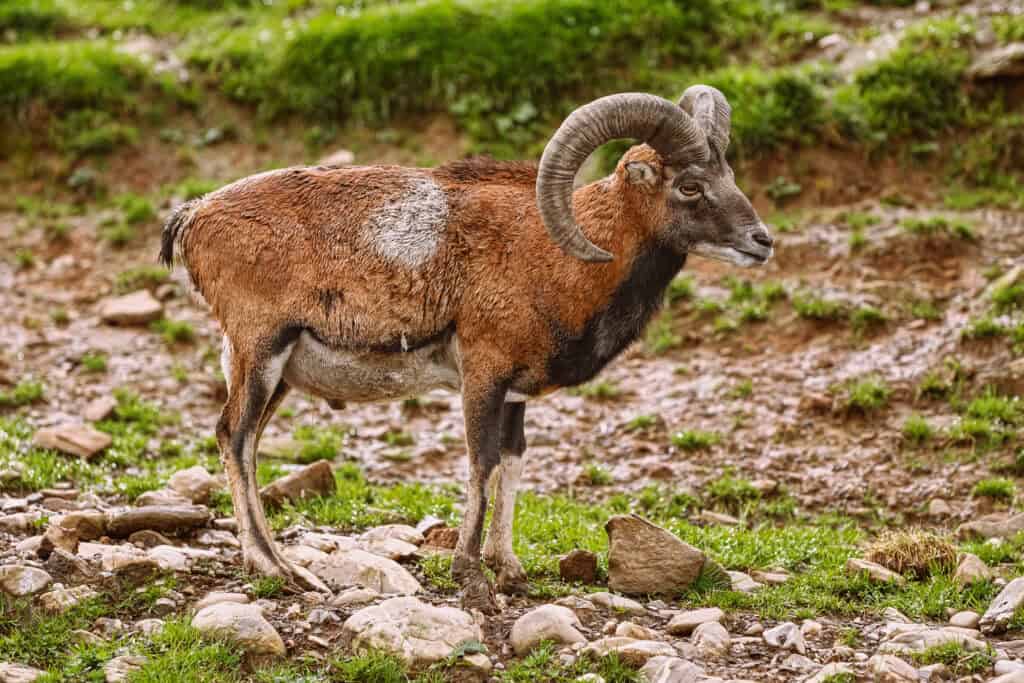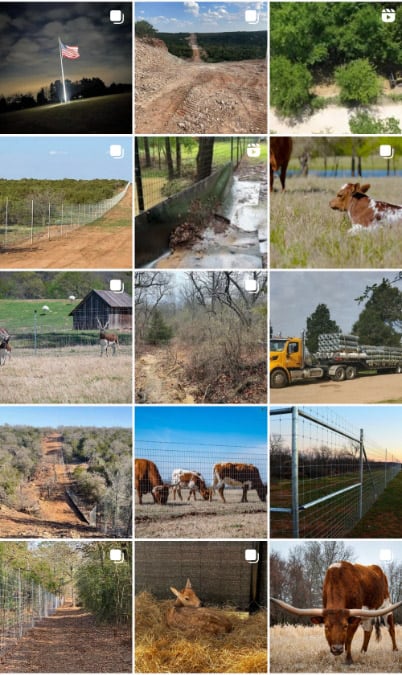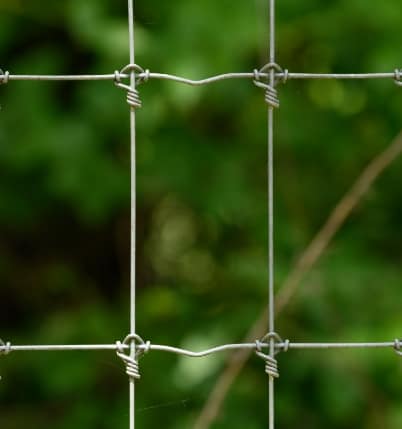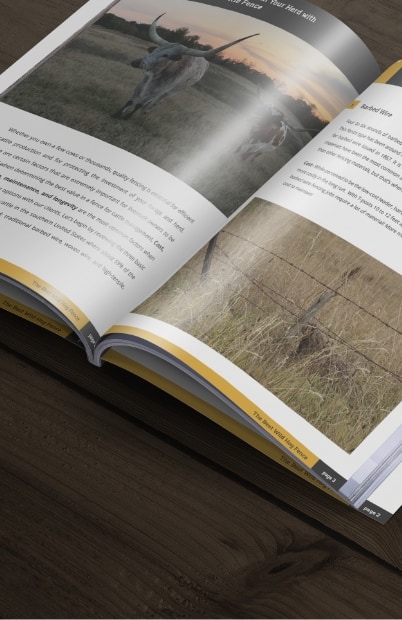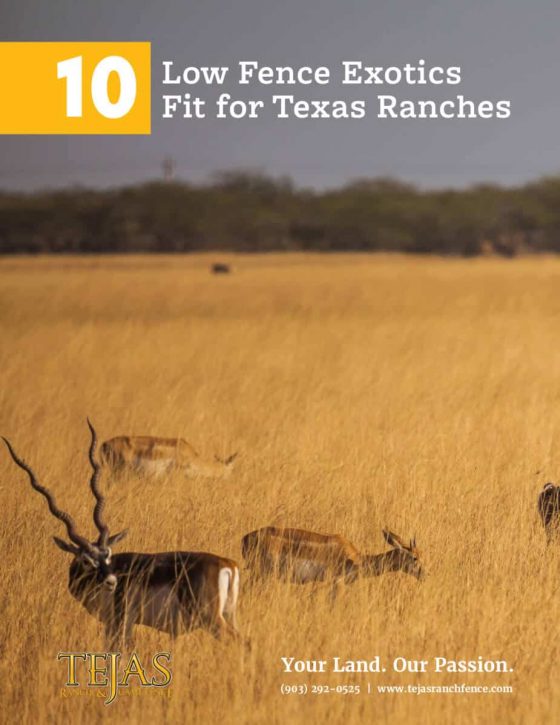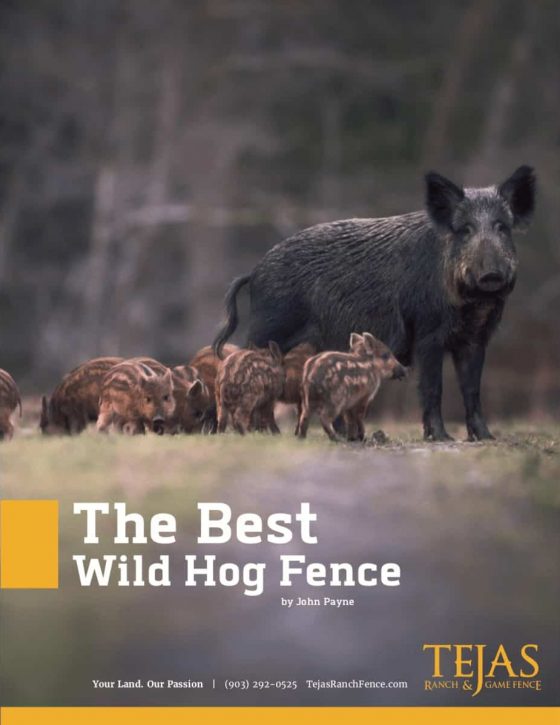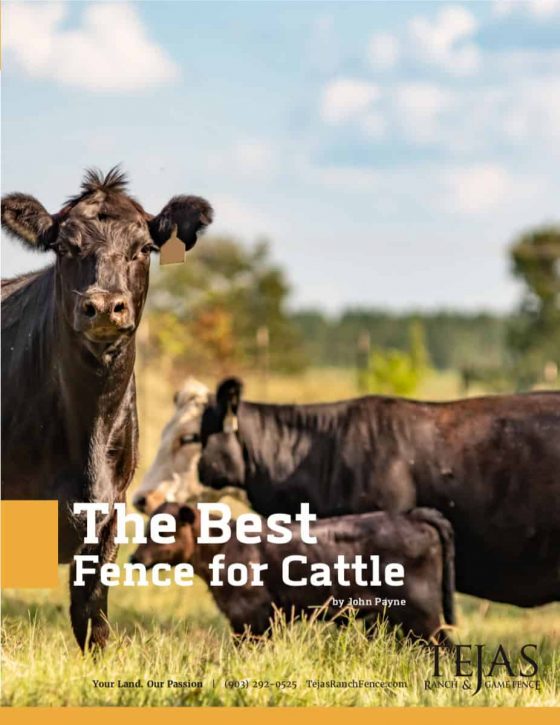Introduction
Painted Desert Sheep are known for their distinctive coloring and physical attributes. Originating from Texas in the mid-1900s, this hybrid breed has quickly captivated the attention of hunters and wildlife enthusiasts. In this article, we will delve deeper into the unique features and characteristics of Painted Desert Sheep, as well as their history and conservation efforts to protect this incredible breed.
Discovering Painted Desert Sheep
Origins and Historical Significance
Painted Desert Sheep have a rich and fascinating history that traces back to Texas game ranches. The breed was created through crossbreeding big horn sheep, like Texas Dall or Mouflon, with Rambouillet, Merino, and Texas Blackbelly. Originally known as “Parti-Dalls,” these sheep were soon given the name “Painted Desert” by hunters who wanted to showcase their colorful appearance in their trophy rooms.
Physical Characteristics of Painted Desert Sheep
The Painted Desert Sheep breed is a fascinating combination of various sheep breeds, resulting in its unique attributes. Painted Desert Sheep have a double-coat which consists of a wool coat that sheds in the spring, leaving a slick hair coat. This gives them a distinctive appearance and allows them to adapt to different climates. It also means they do not need to be sheared. Rams also have a full mane and bib, adding to their regal appearance.
One of the standout features of the Painted Desert Sheep is the impressive set of horns that rams grow. These horns are in high demand for stocking exotic hunting leases, and the breed has been crossed with other breeds to improve horn growth and reach trophy class more quickly. Rams usually have well-balanced and symmetrical horns. The horns can have different shapes, like heart-shaped, supracervical (curving behind the neck), or homonymous (spiraling outward), depending on the influence of other breeds. Rams with influence from Jacob or Navajo-Churro sheep are polycerate (multi-horned), further enhancing their appeal. The combination of different breeds has contributed to the diverse qualities and characteristics of the Painted Desert Sheep.
The distinctive coloring of Painted Desert Sheep sets them apart from other breeds. They can be tri- or quad-colored, with white markings on a dark body or dark spots on a white or roan body. Some have spotted patterns, while others have distinct oval or splashed markings. The wide range of colors and patterns makes each Painted Desert Sheep unique.
| Height | Males: 30+ inches, Females: 21 – 25 inches |
| Weight | Males: 75 to 200 pounds, Females: 60 to 120 pounds |
| Color | Any color, with numerous color combinations and patterns possible |
| Lifespan | 12 years |
| Origin | Texas |
| Habitat | Upland habitats and extreme climates |
| Diet | Grasses, weeds, and shrubs |
| Fence Requirement | 4 ft minimum height |
| Suggested Fence Pattern | 1348-3, 1348-4, 1348-6, 1348-12, 1660-4 |
Habitat and Adaptations
Painted Desert Sheep thrive in a variety of natural habitats due to their genetic heritage. They can be found in both hot and cold regions, making them versatile and resilient. These sheep have demonstrated success in various environments, ranging from arid desert regions to grasslands to mountainous terrains. Their ability to survive and reproduce in diverse habitats is a testament to their adaptability and genetic diversity, making them attractive to breeders and game ranchers.
Reproduction and Life Cycle
Reproductive traits and behaviors play a crucial role in the life cycle of Painted Desert Sheep. Rams reach maturity at about 6 months, and ewes reach maturity at about 1 year. Breeding season can occur any time throughout the year. Depending on genetic influences, ewes may lamb once a year or every 6 months. Ewes have a gestation period of approximately 5 months, and multiple births are common. By studying these traits and behaviors, breeders can ensure the health and vitality of Painted Desert Sheep populations.
Conservation Status and Efforts
While Painted Desert Sheep populations are relatively stable, their conservation is crucial to ensure their continued existence. The encroachment of human activities and habitat loss due to urbanization and agricultural expansion can lead to a reduction in suitable resources for these sheep. Additionally, the introduction of invasive species can disrupt the delicate balance of ecosystems and negatively impact Painted Desert Sheep populations. Organizations and breeders work together to manage and preserve the breed’s genetic diversity, monitor population numbers, and raise awareness about the importance of conservation.
Conclusion
Painted Desert Sheep are a captivating species with distinctive physical traits and unique characteristics. Their adaptive nature and resistance to disease contribute to their popularity among ranchers and hunters. Exploring their genetic influences, behavior, and habitat offers valuable insights into the world of Painted Desert Sheep exotics.
Related Articles
Exotic Black Hawaiian Sheep
Exotic Barbados Sheep
Exotic Zebras
Exotic Rhea
Buffalo
Exotic Addax
Exotic Scimitar Oryx
Exotic Blackbucks
Exotic Sika Deer
Exotic Mouflon Sheep
Exotic Corsican Sheep
Exotic Fallow Deer
Exotic Aoudad Sheep
Exotic Nilgai Antelope
Exotic Texas Dall Sheep
Exotic Axis Deer
Exotic Pere Davids Deer
